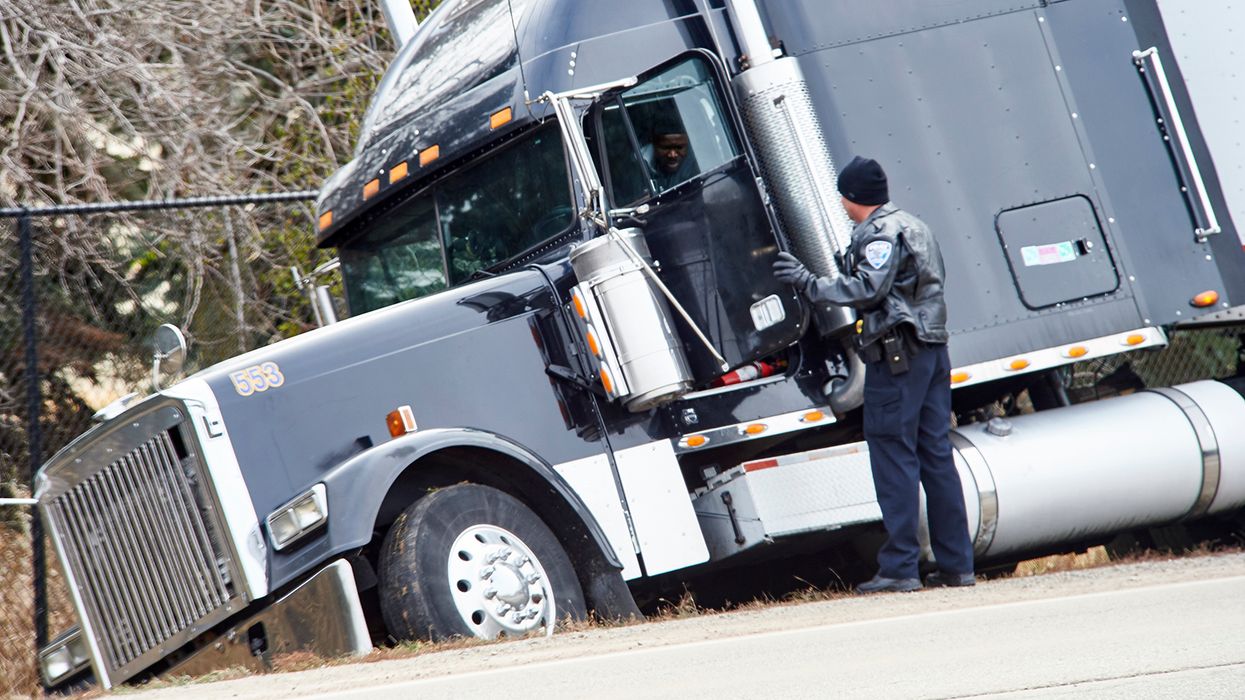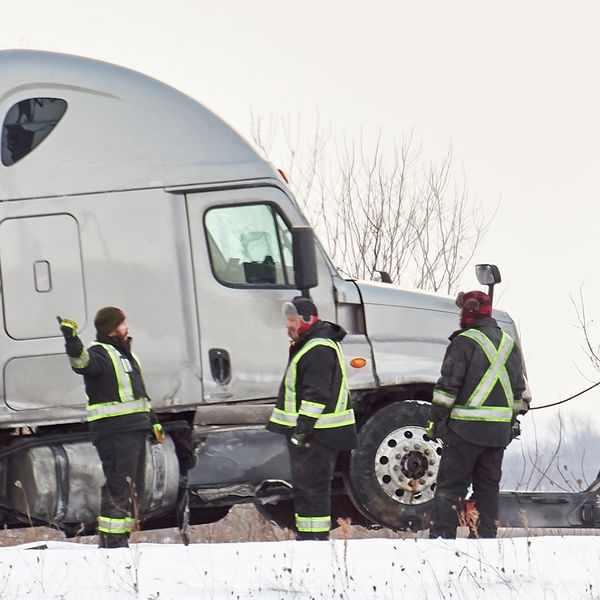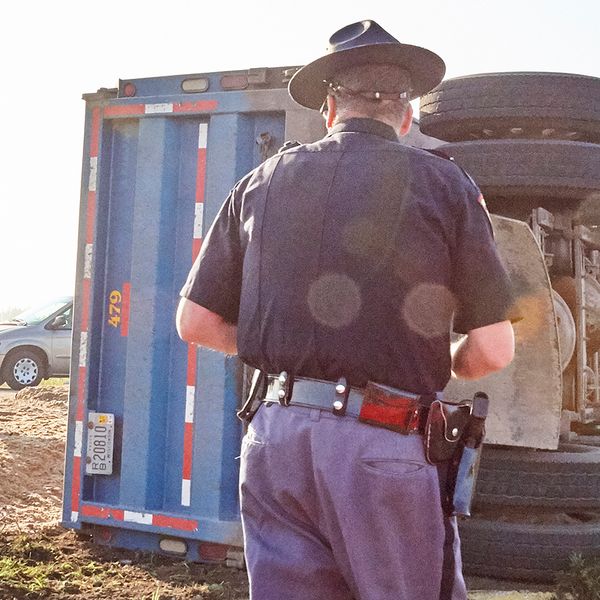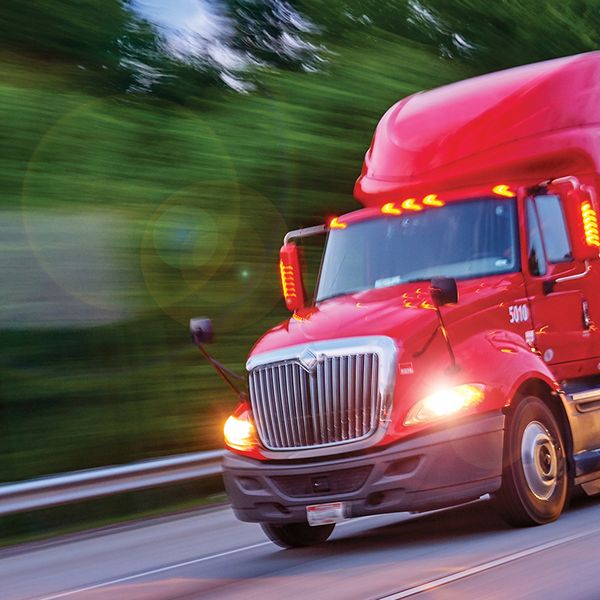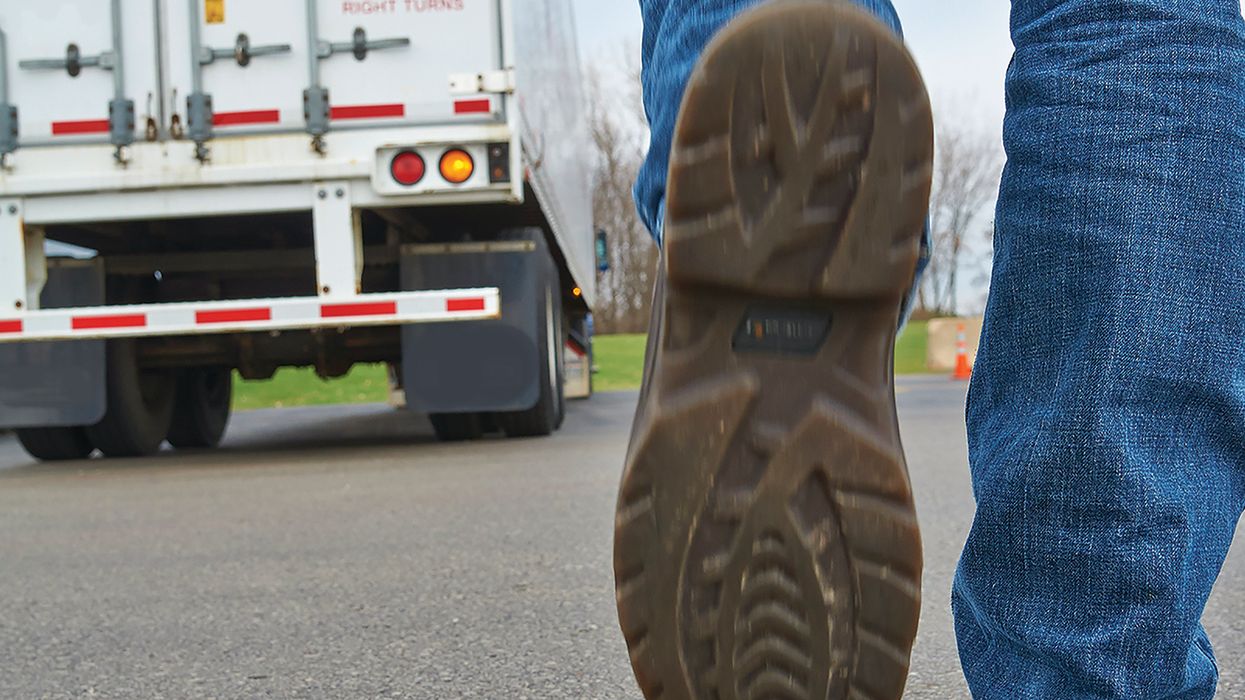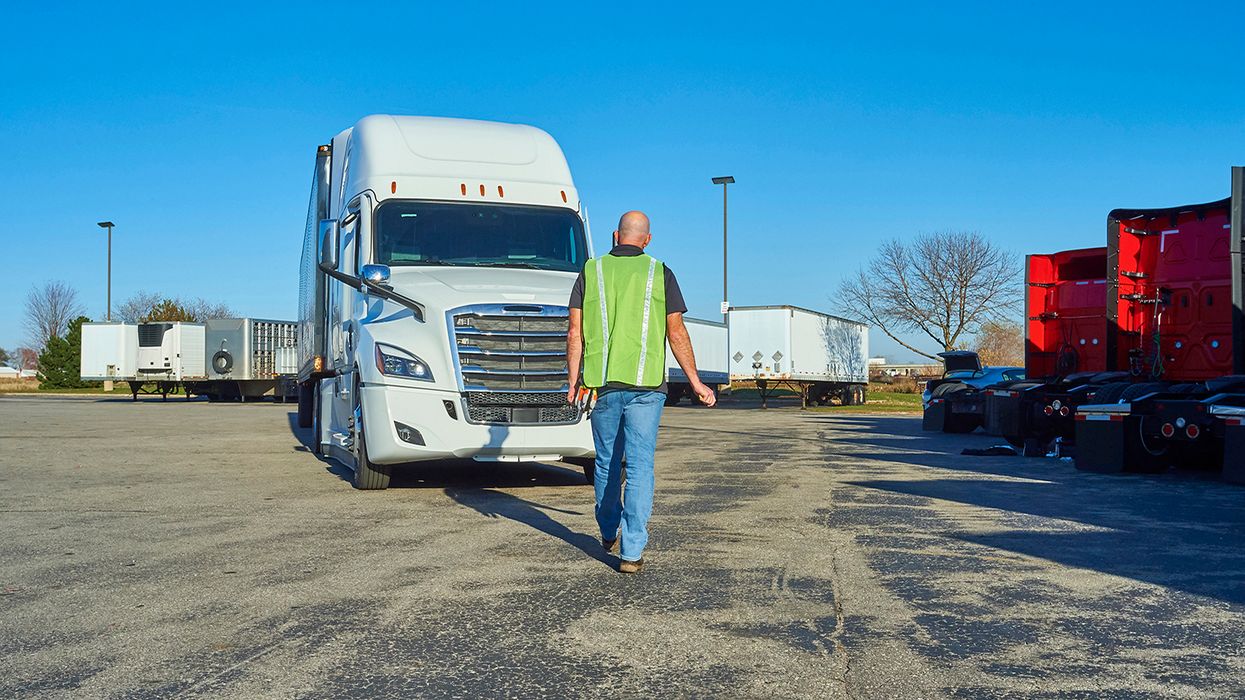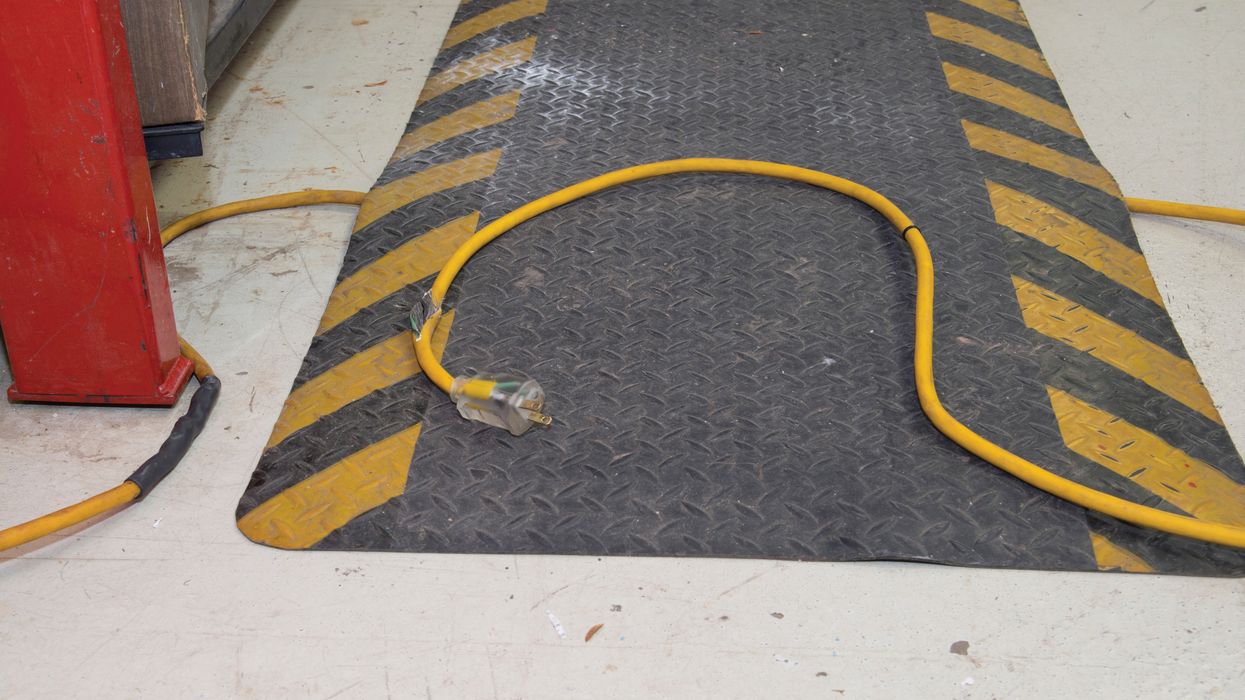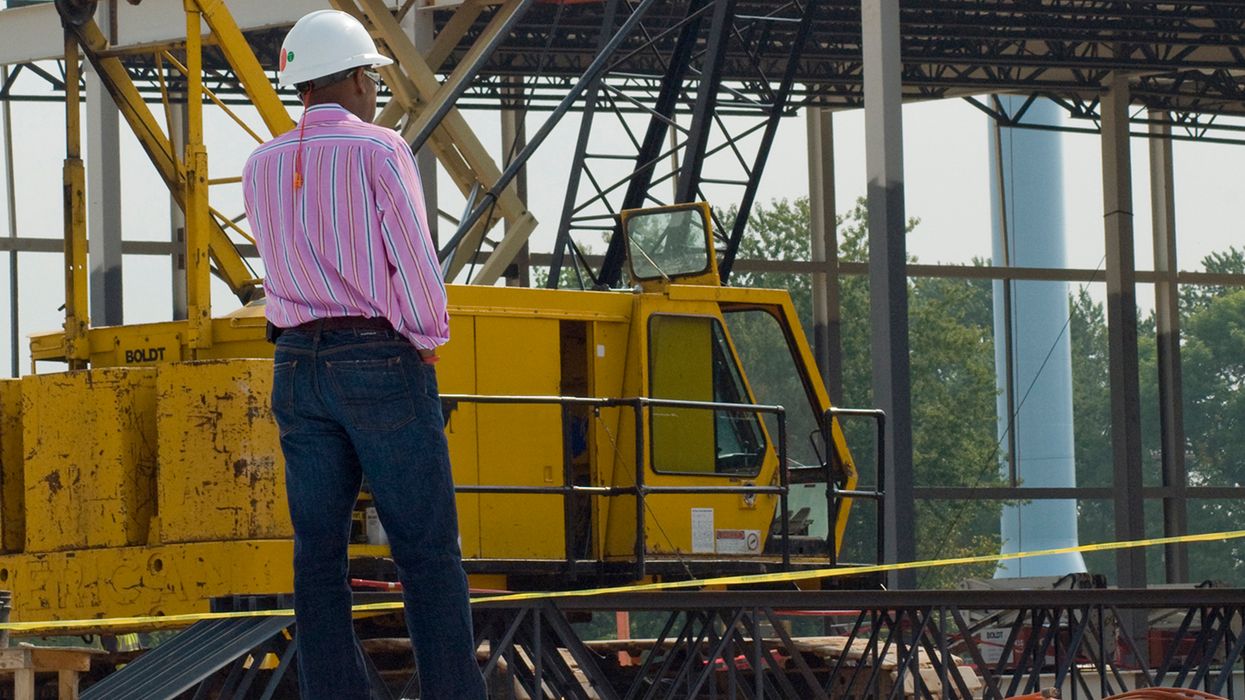Weekly WWYD: What qualifies as a DOT-recordable accident?
A DOT-recordable accident involves a commercial motor vehicle (CMV) that results in either a fatality, personal injury to any person that requires immediate medical attention away from the scene of the accident, or disabling damage to any vehicle that requires it to be towed from the scene.
WWYD scenario: When do I record an accident?
Scenario: In this scenario, a driver slid off an icy roadway and into a snowbank. There were no other vehicles involved, and the driver was not injured. A tow truck arrived and pulled the stranded tractor back onto the roadway. After the driver determined that there was only minimal damage to the front bumper, the driver continued and finished the dispatch. Is this accident recordable?
What would you do?
- Record the accident since the driver was not able to return to the roadway.
- Do not record the accident since there was not disabling damage.
- I’m not sure, so I will record the accident to be safe.
A DOT-recordable accident involves a commercial motor vehicle (CMV) that results in either:
- a fatality,
- personal injury to any person that requires immediate medical attention away from the scene of the accident, or
- disabling damage to any vehicle that requires it to be towed from the scene.
If the tractor did not have to be towed due to “disabling damage” because of the accident, it would not be a DOT recordable accident. Disabling damage is defined as damage so severe that the vehicle cannot be driven away from the scene after “simple repairs.” The fact that the truck was able to drive away from the scene and proceed to the destination would serve as validation that it was not a DOT recordable accident.
Here is the definition of “disabling damage” from the regulations found in 390.5:
Disabling damage means damage which precludes departure of a motor vehicle from the scene of the accident in its usual manner in daylight after simple repairs.
- Inclusions. Damage to motor vehicles that could have been driven, but would have been further damaged if so driven.
Exclusions
- (i) Damage which can be remedied temporarily at the scene of the accident without special tools or parts.
- (ii) Tire disablement without other damage even if no spare tire is available.
- (iii) Headlamp or taillight damage.
- (iv) Damage to turn signals, horn, or windshield wipers which makes them inoperative.
Here is an accompanying FMCSA interpretation that further clarifies this:
Question 12: A CMV becomes stuck in a median or on a shoulder, and has had no contact with another vehicle, a pedestrian, or a fixed object prior to becoming stuck. If a tow truck is used to pull the CMV back onto the traveled portion of the road, would this be considered an accident?
Guidance: No.
Key to remember: Train your safety team on the importance of identifying DOT-recordable accidents by conducting scenario based training.

